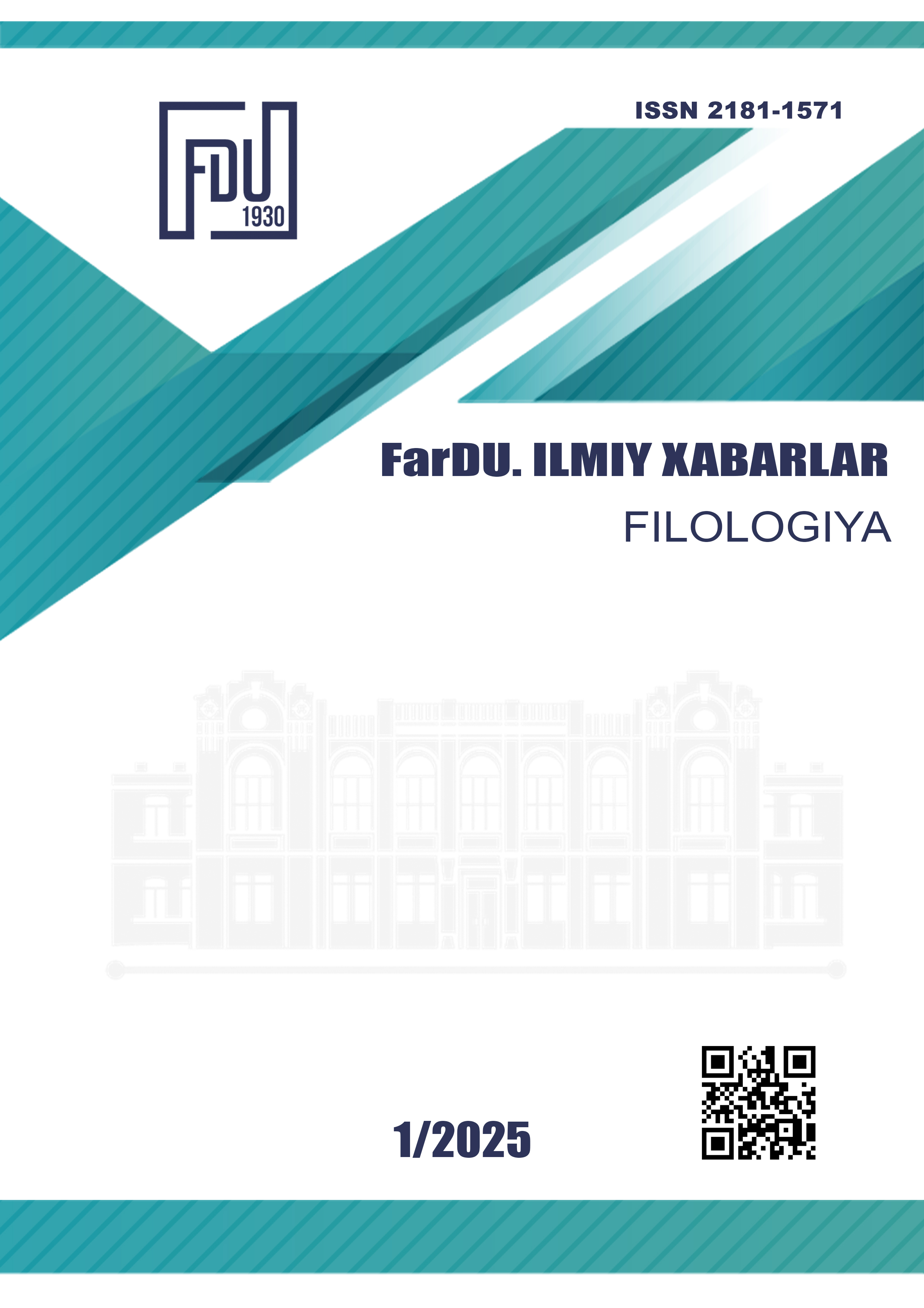PECULIARITIES OF SPEECH ETIQUETTE IN GERMAN AND UZBEK FAMILIES
Keywords:
speech etiquette, German families, Uzbek families, linguistic features, intercultural communication.Abstract
This article explores the unique features of speech etiquette in German and Uzbek families. The study reveals that German families emphasize personal independence, straightforwardness, and time appreciation, while Uzbek families prioritize respect, unity, and social values. Linguistic and cultural characteristics were analyzed based on Hofstede’s cultural dimensions theory. The findings contribute to a deeper understanding of intercultural communication.
References
E.Kästner. Das fliegende Klassenzimmer. – Dressler, 2002. – S. 176.
E.Kästner. Emil und die Detektive. – Dressler / Atrium, 1929. – S. 170.
F.Schiller. Kabale und Liebe. – Reclam, Philipp, jun. GmbH, Verlag, 1993. – S. 141.
G.Hofstede, G.J.Hofstede, M.Minkov. Cultures and Organizations: Software of the Mind: Intercultural Cooperation and Its Importance for Survival. – New York: Mc Graw Hill, 2010. – P. 561.
H.Hesse. Demian. – Frankfurt am Main: Suhrkamp Verlag, 1996. – S. 193.
J.W.Goethe. Die Leiden des jungen Werther. – Anaconda Verlag, 2005. – S. 112.
J.W.Goethe. Wilhelm Meisters Lehrjahre. – Deutscher Taschenbuch, 2004. – S. 726.
Mo‘minov S. Muloqot mezoni. – Toshkent: Yangi asr avlodi, 2004. – 96 b.
O‘tkir Hoshimov - Ikki eshik orasi. – Toshkent: Sharq, 2012. – 624 b.
S.Ahmad. Ufq. – Toshkent: Yangi asr avlodi, 2015. – 912 b.
T.Mann. Buddenbrooks. – Fischer Taschenbuch, 1989. – S. 768.
Қудрaтов Т. Нутқ мaдaнияти aсослaри. – Тошкент: Ўқитувчи, 1993. – 162 б.
Downloads
Published
Issue
Section
License
Copyright (c) 2025 Scientific journal of the Fergana State University

This work is licensed under a Creative Commons Attribution-NonCommercial-NoDerivatives 4.0 International License.
Most read articles by the same author(s)
- , , THE USE OF EXPRESSIONS IN UZBEK AND ENGLISH , Scientific journal of the Fergana State University: No. 1 (2024): Scientific journal of the Fergana State University (Social humanities sciences)
- , LINGUISTIC AND PRAGMATIC ANALYSIS OF SPEECH ETIQUETTE IN GERMAN AND UZBEK LANGUAGES , Scientific journal of the Fergana State University: No. 1 (2025): FarDU ilmiy xabarlari jurnali (FILOLOGIYA)

